Windows 11 provides several power options to manage how your computer consumes energy. While Sleep and Shut Down are easily accessible, the Hibernate option is hidden by default. Enabling Hibernate can be beneficial for preserving your session without using any power when you need to step away for extended periods. This guide will show you how to add the Hibernate option to your Windows 11 power menu and explain the differences between Sleep and Hibernate modes.
Difference between sleep and hibernate power options
Although Sleep and Hibernate both allow you to save energy while keeping your work intact, they operate differently. Understanding these differences can help you decide which option is better for your situation.
Sleep mode saves your current session in the RAM, which requires a small amount of power to maintain. This allows your computer to wake up quickly, resuming exactly where you left off. Sleep is ideal for short breaks, typically between 15 to 30 minutes.
Hibernate mode writes the contents of your RAM to your hard drive or SSD and then completely powers off your computer, consuming no power. Waking up from Hibernate takes slightly longer than from Sleep because the system needs to read data from the storage drive. Hibernate is suitable when you plan to be away from your computer for more than one or two hours.
Enable hibernate power option from Control Panel
You can easily add the Hibernate option to the Power menu in Windows 11 by following these steps:
- Open the
Control Panelby searching for it in the Start menu.

- In the Control Panel, click on Hardware and Sound.
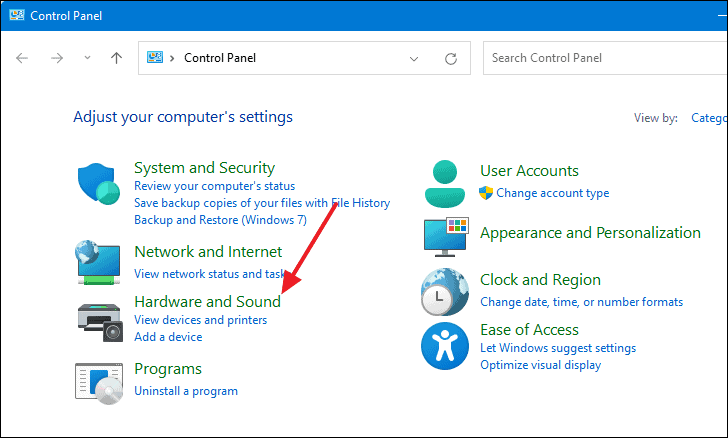
- Select Power Options from the list of settings.
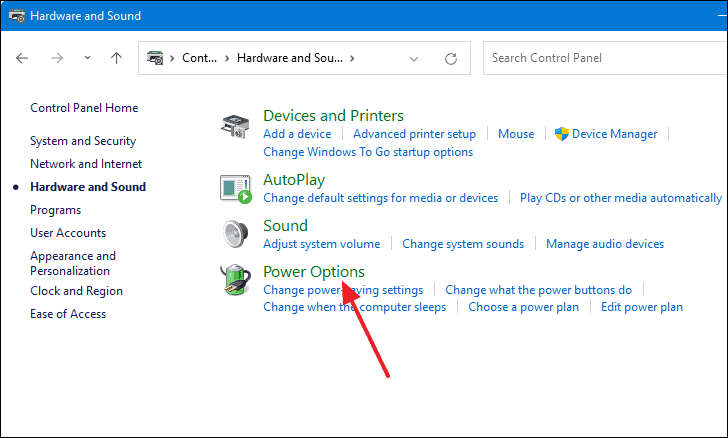
- From the left-side menu, click on Choose what the power buttons do.
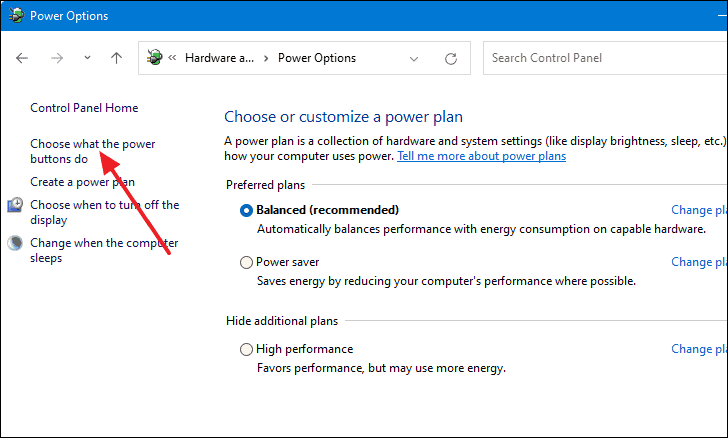
- You'll notice the Hibernate option under the Shutdown settings section is grayed out and can't be selected.
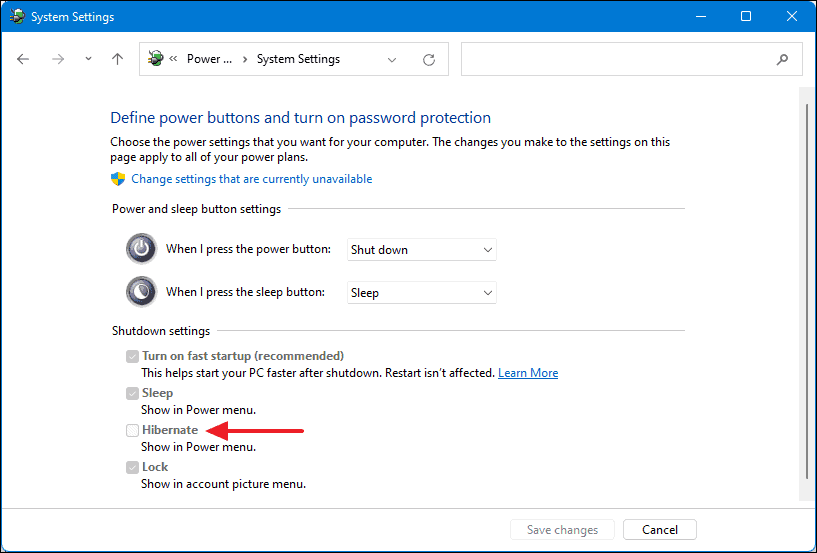
- Click on Change settings that are currently unavailable at the top of the window.
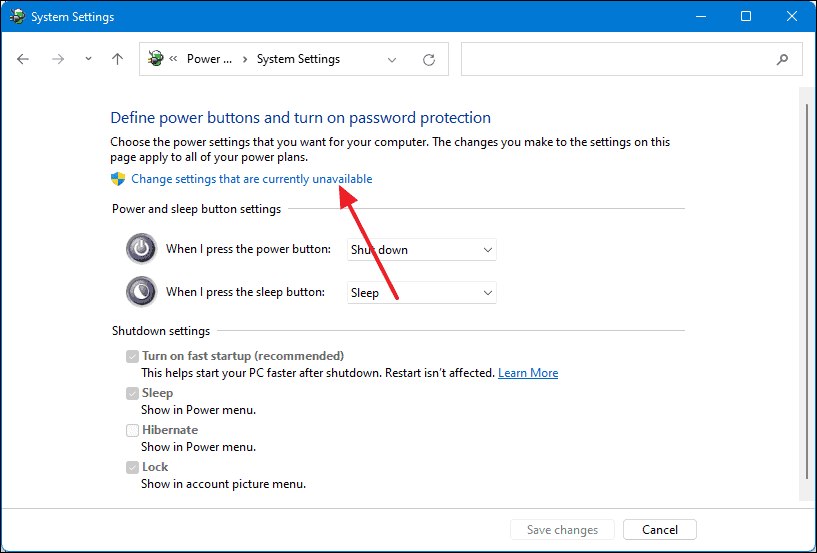
- Check the box next to Hibernate, then click Save changes.
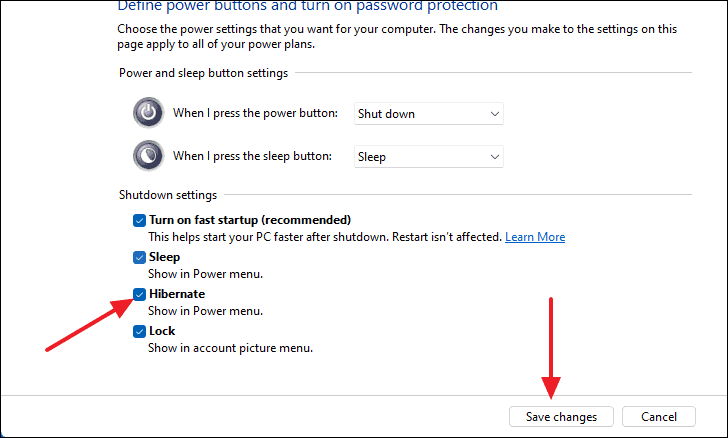
- The Hibernate option will now appear in your Power menu alongside Sleep and Shut Down.
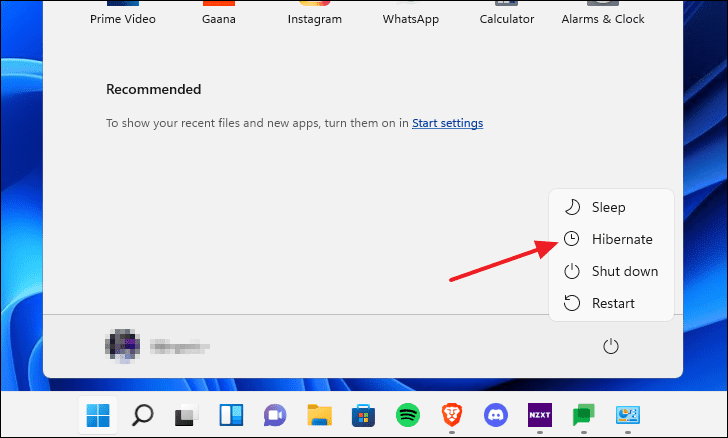
By enabling the Hibernate option, you now have more flexibility in managing your computer's power consumption based on your needs.









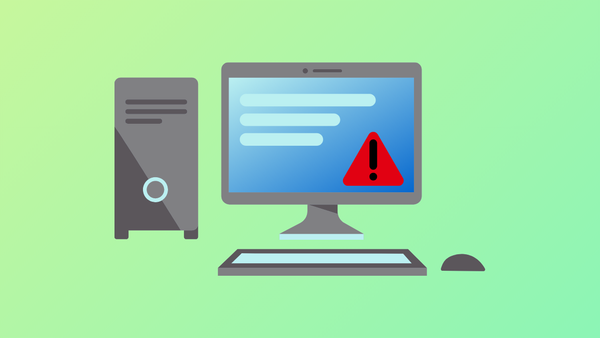
Member discussion